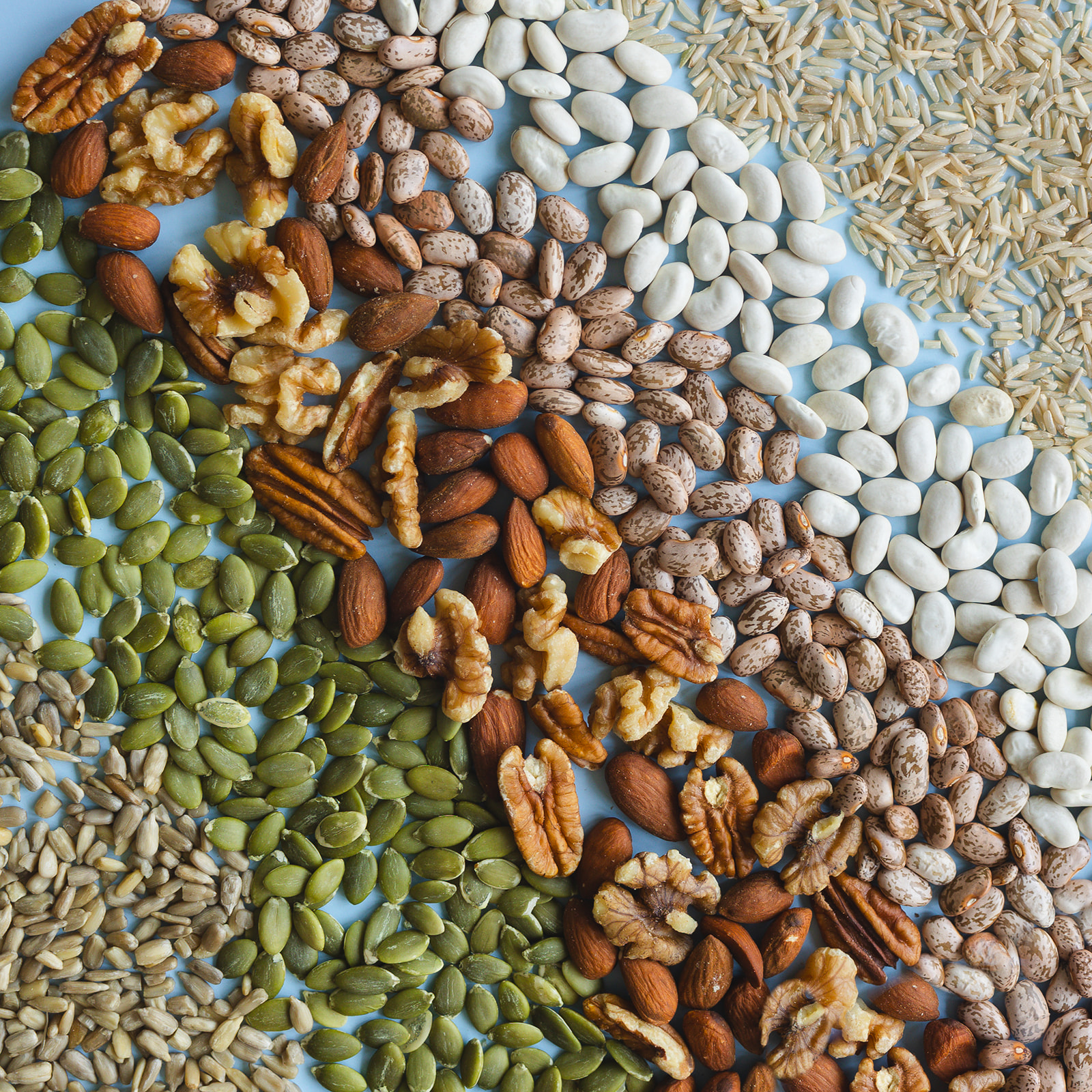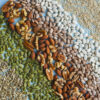
By Emily Kozarsky MS, CNS, LDN
That word sounds scary, doesn’t it? It somehow leads us to believe our youth is gone and we’re getting old. We might feel fear and trepidation thinking of all of those unpleasant symptoms headed our way.
Well, what we want to talk about today is how we can de-stigmatize perimenopause and start educating ourselves more about it. If we’re educated and informed, we can take action and be prepared to do everything we can to feel our best.
Let’s first define perimenopause. Perimenopause describes a period of time leading up to menopause. It consists of the final reproductive years of a woman’s life. During this period of time, there are many hormone fluctuations as the ovaries begin to decrease their estrogen production.
Perimenopause typically happens 4-8 years prior to menopause, but it can actually happen up to 10 years beforehand! Because the average age of menopause in the US is 51, that means perimenopause typically begins between 43-47 years of age.
Signs that you might be entering into perimenopause include irregular periods, fatigue, hot flashes, night sweats, low libido, vaginal dryness, weight gain, mood changes, sleep disturbances, and more. Not every woman experiences all of these things, especially all at once.
Okay, so now you might be wondering, okay, great, what do I do about these annoying symptoms? Well, the first thing we’d recommend is to talk to your doctor about your concerns and see if you could be a candidate for hormone-replacement therapy. It is definitely not for everyone, but for those that qualify, it can be quite life-changing.
From our perspective, as functional medicine providers, there are SO many wonderful things you can do to support your health during this time and mitigate symptoms:
- Balance blood sugar
-
- We hear this phrase a lot, “balance your blood sugar.” But what does this mean? Well first, let’s define what we mean by blood sugar. When we talk about this, we are referring to your body’s glucose levels, either fasted or after meals. The lab values we use are fasting glucose, as well as hemoglobin a1c (HbA1c) which looks at your blood sugar over a 3 month period of time. At our practice, we also like to look at fasting insulin, which can give us insight into how your body is using insulin to regulate glucose levels.
- When women are in perimenopause, they are at higher risk of developing insulin resistance. This is because a drop in estrogen can lead to decreased insulin sensitivity.
- The best thing you can do to combat this is to balance your meals with protein, fat, and fiber to avoid being on a blood sugar roller coaster throughout the day.
- To start, you want to add 25-30 grams of lean protein to your plate. This can consist of animal protein like lean cuts of beef, chicken, seafood, or plant-based protein like tofu, or tempeh.
- You then want to ensure your plate is filled w/ low-starch veggies, and aim to get 35+ grams of fiber daily.
- If you struggle to get to your fiber goal, you might consider adding in a soluble fiber supplement like psyllium husk or acacia fiber.
- Avoid things like white sugars, white flours, alcohol, and processed foods during this time.
- Research also encourages us to reduce saturated fat to <10% of total calories, as too much saturated fat is a burden on our liver and can impact insulin sensitivity.
- Daily movement
- As Americans, we are WAY too sedentary. We sit at a desk all day, then we sit on our phones on the couch all evening. We need to do better!
- This starts with daily walks- aiming for 30 mins a day and gradually working your way up to whatever feels good to you.
- We firmly believe in 10K steps a day if you are physically able, but this is often hard to achieve. Our goal for you would be to increase what you are doing now by 2000 steps a day. Here are some quick tips:
- Get a walking pad for your desk
- Take work or personal calls on walks
- Do chores or quick stretching movements every hour
- Park as far away as possible from the store when you’re doing your errands
- Dance around to your favorite song with your kiddos
- Increase fiber
- As we mentioned earlier, 35 grams of fiber is key. If you are not used to eating fiber-rich foods, you might have to work up to this slowly to avoid GI distress.
- Try to incorporate fiber-rich foods into all your meals and snacks:
- Legumes like lentils & black beans
- Cruciferous veggies
- Dark leafy greens
- Berries
- Nuts & Seeds
- Avocado
- Increase phytoestrogens
- Phytoestrogens can be pretty impactful when it comes to reducing symptoms of perimenopause.
- Phytoestrogens are plant-compounds that have a similar structure to estrogen. Because of this, they can bind to estrogen receptors, mimicking the effects of estrogen in the body.
- Phytoestrogens are found in soy products like edamame and soy milk, ground flax and sunflower seeds, and legumes such as lentils.
- Stress management
- Oh, if only we had the ability to snap our fingers and reduce our stress bucket. We all know that stress negatively impacts our health, but we want to discuss how it specifically can make symptoms of perimenopause worse and more unpleasant.
- When the stress response is greatly increased, we deplete essential minerals in the body- things like magnesium, sodium, and potassium. When we deplete magnesium, we impair our body’s ability to use calcium and can start seeing low bone calcium levels and potentially higher calcium tissue levels which can be problematic. With low magnesium, we can get muscle aches and pains and terrible PMS symptoms. When we deplete sodium, we can get headaches and dizziness. With low potassium we can have acne and skin issues and GI disturbances.
- With high stress comes high cortisol. While cortisol is a very protective adrenal hormone, too much comes at a cost. It can increase inflammation, reduce our immune function, raise blood sugar and blood pressure, and decrease libido.
- In terms of specific stress reduction techniques, everyone is truly so unique. We encourage you to find what works best for you and your individual lifestyle. Maybe it’s a walk with a friend, maybe it’s time in nature, maybe it’s cooking or doing your favorite hobby, maybe it’s working with a therapist. Find something to fill your cup and bring you into a more parasympathetic nervous system state.
- Helpful supplements:
- There is so much to say about supplements that we are going to continue this conversation in another blog post, but we wanted to point out some high level info first:
- There is no ONE supplement that is going to “heal” all of these pesky perimenopause symptoms.
- Supplements are meant to literally “supplement” a healthy diet.
- There is no one-size-fits-all approach to supplements, so what your 45 year-old bestie going through peri needs, is not always going to be what you need.
- And lastly, make sure you buy supplements from a reputable source. The last thing you want to do is purchase an expensive supplement only to find out that it’s not what it says it is AND happens to be contaminated with heavy metals!
- There is so much to say about supplements that we are going to continue this conversation in another blog post, but we wanted to point out some high level info first:
If you think you might be in perimenopause, NOW is the time to start making some of these changes. If it feels too daunting to do on your own, it might be time to work with a provider who specializes in this! That is where we come in. 🙂 Please reach out anytime to set up a free 15 minute call to see if we would be a good fit in working together.










